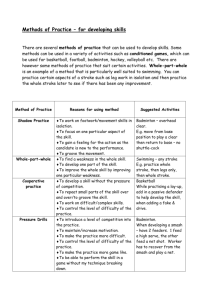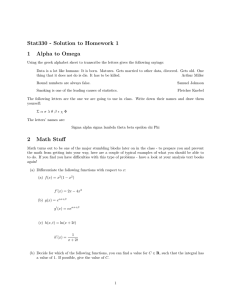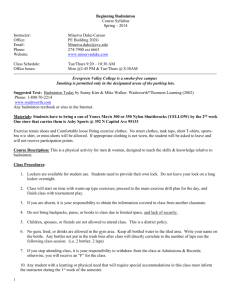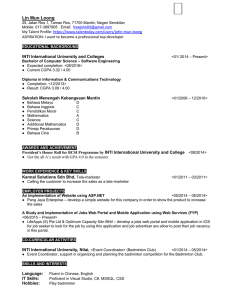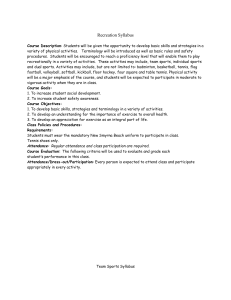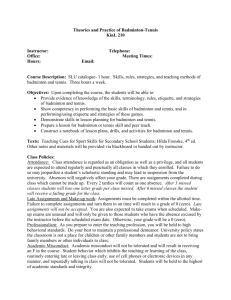Stat 330 Homework 1 Spring 2009 1
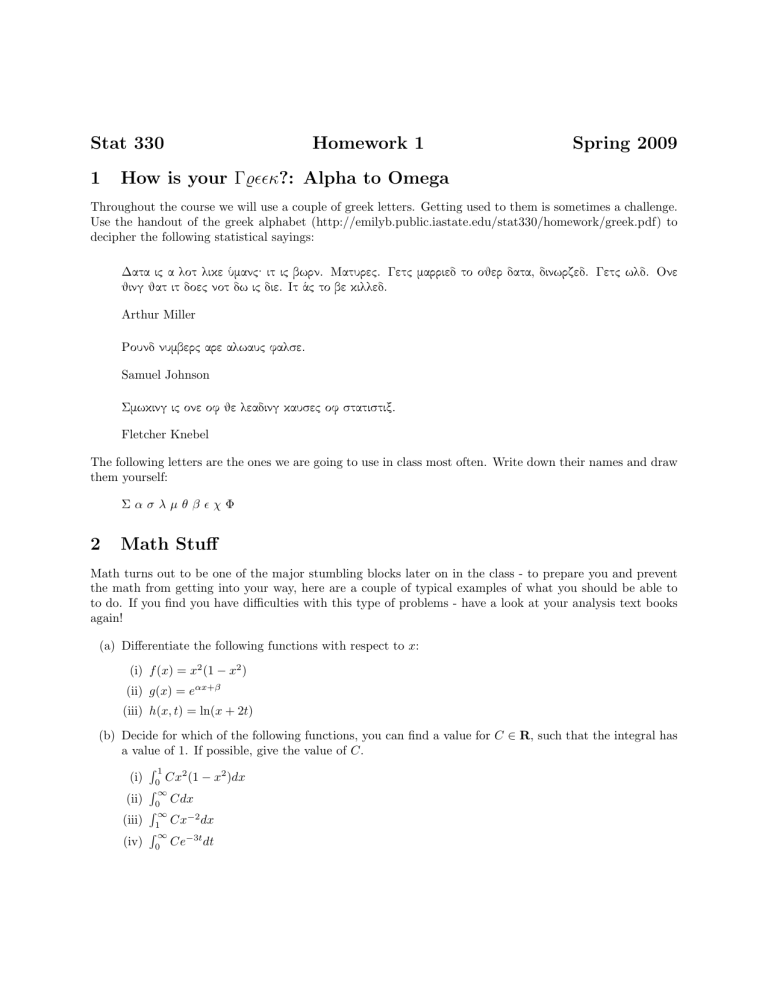
Stat 330 Homework 1 Spring 2009
1 How is your Γ %κ ?: Alpha to Omega
Throughout the course we will use a couple of greek letters. Getting used to them is sometimes a challenge.
Use the handout of the greek alphabet (http://emilyb.public.iastate.edu/stat330/homework/greek.pdf) to decipher the following statistical sayings:
Δατα ις α λοτ λικε ὑμανς· ιτ ις βωρν. Ματυρες. Γετς μαρριεδ το οθερ δατα, δινωρζεδ. Γετς ωλδ. Ονε
θινγ θατ ιτ δοες νοτ δω ις διε. Ιτ ἁς το βε κιλλεδ.
Arthur Miller
Ρουνδ νυμβερς αρε αλωαυς φαλσvε.
Samuel Johnson
Σμωκινγ ις ονε οφ θε λεαδινγ καυσvες οφ σvτατισvτιξ.
Fletcher Knebel
The following letters are the ones we are going to use in class most often. Write down their names and draw them yourself:
Σ α σ λ µ θ β χ Φ
2 Math Stuff
Math turns out to be one of the major stumbling blocks later on in the class - to prepare you and prevent the math from getting into your way, here are a couple of typical examples of what you should be able to to do. If you find you have difficulties with this type of problems - have a look at your analysis text books again!
(a) Differentiate the following functions with respect to x :
(i) f ( x ) = x
2
(1 − x
2
)
(ii) g ( x ) = e
αx + β
(iii) h ( x, t ) = ln( x + 2 t )
(b) Decide for which of the following functions, you can find a value for C ∈ R , such that the integral has a value of 1. If possible, give the value of C .
(i)
(ii)
(iii)
(iv)
R
1
0
R
∞
Cx
2
(1 − x
2
) dx
Cdx
0
R
∞
1
Cx
− 2 dx
R
∞
0
Ce
− 3 t dt
3 Sample Spaces
Determine the sample spaces for each of the following activities:
(a) Rolling a die.
(b) Tossing a coin three times.
(c) Counting the number of heads in five coin tosses.
(d) Rolling a pair of dice and taking their sum.
(e) Drawing a card from a standard deck.
For which of the above sample spaces can we realistically assume that all elements have equal probability?
4 Playing Sports
Out of a group of 40 students all play at least one of badminton, volleyball or table tennis.
8 students play all three games, 10 students play badminton and table tennis
20 students play table tennis and volleyball, 12 students play badminton and volleyball
30 students play table tennis, 25 students play volleyball.
Draw a Venn Diagram of the situation.
(a) How many of the students play only badminton?
(b) How many of the students play badminton?
Assume, one student is picked at random out of this group. What is the probability that he/she
(c) plays badminton?
(d) plays at least two sports (out of badminton, volleyball and table tennis)?
Assume the student you’ve picked is a volleyball player.
(e) What is now the probability that he/she is a badminton player?
(f) Why is the probability for picking a badminton player in (e) different from the probability in (c)?
2

